Honor Magic V2 vs Google Pixel Fold: Which foldable is best?
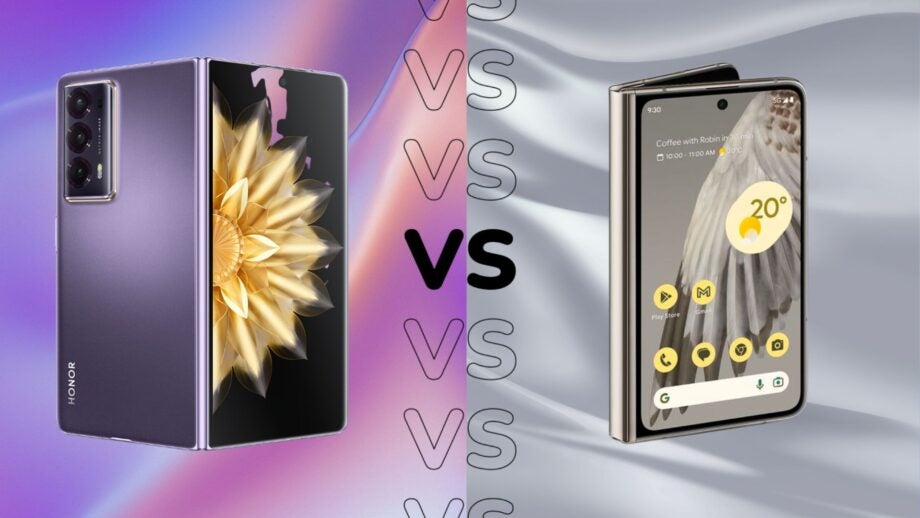
The Honor Magic V2 is finally getting a UK and European release, five months after its IFA 2023 debut. The question is, how does it compare to the Google Pixel Fold?
The Honor Magic V2 has a clear win in the design department with a foldable that’s both thinner and lighter than Google’s option, and it boasts key specs like 66W fast charging, a high-res camera setup and more, making it a tempting option.
However, the Google Pixel Fold stands out in various ways, be it its unique focus on AI and the features it enables, and it boasts a fundamentally different approach to its inner display.
We’ve spent plenty of time with both the Google Pixel Fold and the Honor Magic V2, and here are some of the key differences between the two to help you decide which is best for your needs.
If you need more inspiration, take a look at our selection of the best foldable phones.
The Honor Magic V2 is thinner and lighter
The Google Pixel Fold is Google’s first foldable device, and that’s pretty evident looking at its overall build. Granted, it’s thinner than the 13.4mm-thick Samsung Galaxy Z Fold 5 at 12.1mm, though at 283g, it’s an incredibly weighty foldable and that was immediately noticeable when using the device.
While that might’ve been passable a few months ago, it looks comparatively ancient compared to the Honor Magic V2. The V2 is a truly magnificent feat of engineering, boasting an ultra-thin design measuring 4.4mm thick when unfolded and just 9.9mm thick when fully folded, making it the thinnest on the market right now.
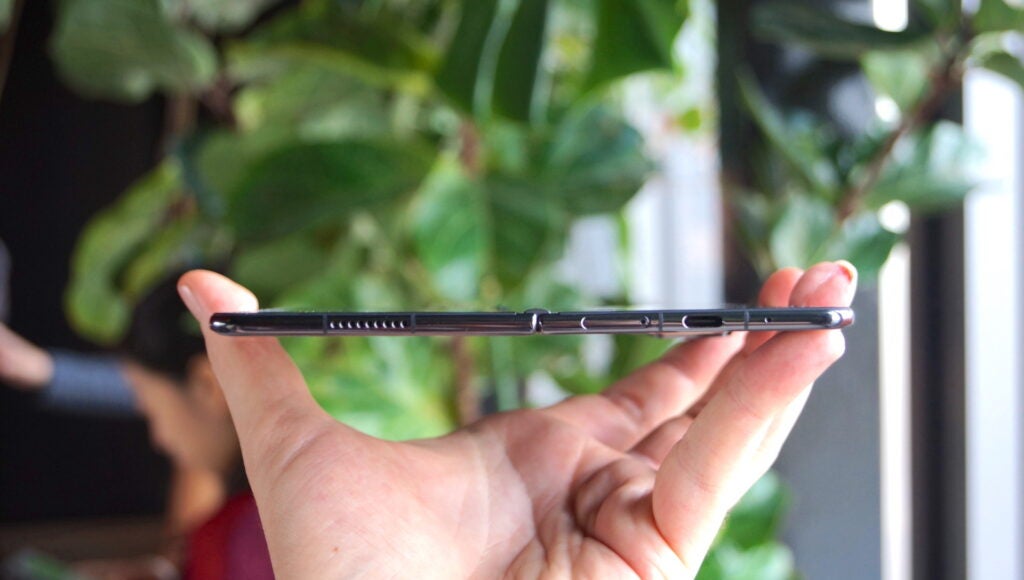
It’s also incredibly lightweight at 231g, making it not only the lightest foldable around (by some 52g compared to Google’s option) but lighter than some standard smartphones like the iPhone 14 Pro Max, bringing foldables into candybar territory for the first time.
The Google Pixel Fold has helpful AI-infused features
One area where Google tends to separate itself from the competition is AI – both in terms of its foldables and mainline flagship smartphones like the Google Pixel 7 and even the budget-focused Pixel 7a.
This enables a slew of features unique to Google’s smartphones. The Camera app, for example, boasts AI-powered photography features like Night Sight and Super Res Zoom for enhanced digital zoom capabilities, and the Photos app can not only unblur images but remove people and other eyesores from the background of images with pretty decent results.
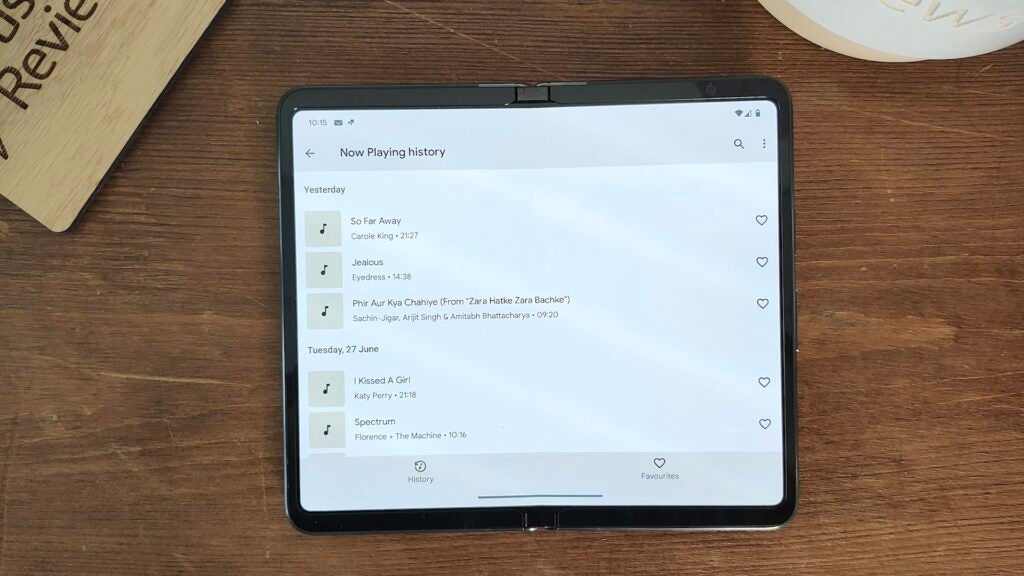
There’s also a bunch of handy AI features baked directly into the stock Android 13 OS, like automatic music recognition that identifies background music as you go about your day, allowing you to expand your music collection more easily.
Though the Honor Magic V2 also has AI capabilities baked into its OS, it’s more focused on making sure that the phone runs as well as possible, rather than adding fun, unique features.
The Honor Magic V2 is more powerful
When it comes to chipsets, the Honor Magic V2 and Google Pixel Fold have wildly different focuses. While the Snapdragon 8 Gen 2 within the Honor Magic V2 is focused on pure processing power, the Tensor G2 chipset found in Google’s foldable has more of a focus on AI features like those mentioned above.
When paired with a whopping 16GB of RAM, the Honor Magic V2 floors the Google Pixel Fold in benchmark tests.
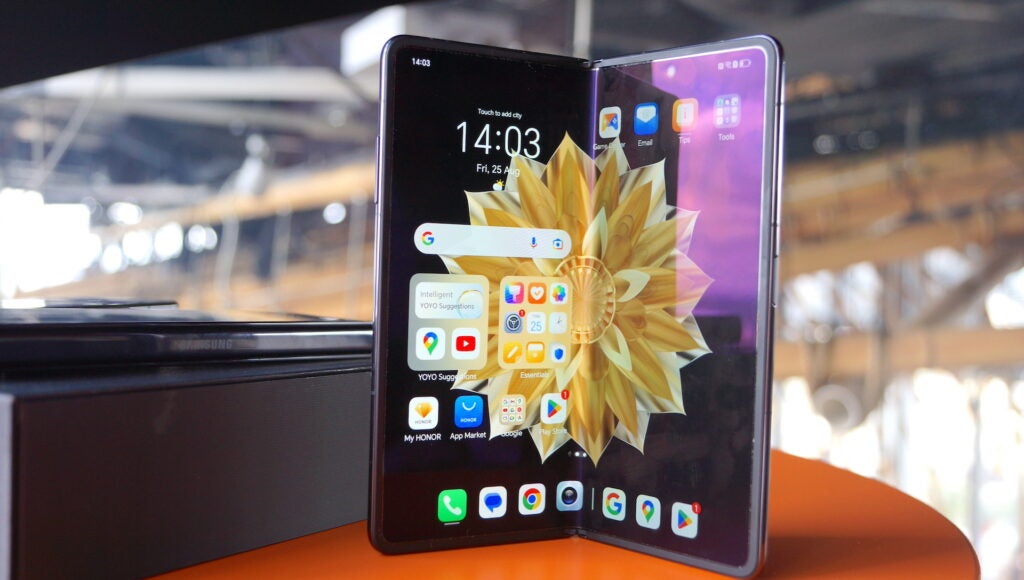
Of course, that’s just artificial benchmark testing that helps quantify performance, but you’re unlikely to see a difference in day-to-day use. We found the Pixel Fold to be rapid in everyday use, with no notable lag or slow-down even when split-screen multitasking, and it’s very much the case with the Honor Magic V2.
If anything, the Snapdragon 8 Gen 2 will better future-proof Honor’s foldable, allowing it to keep up with an ever-growing demand from apps and operating system updates.
The Google Pixel Fold has a wider internal display
Despite foldables first appearing on the smartphone scene back in 2019, manufacturers are very much still experimenting with the overall design of book-style foldables and, as a result, foldable displays tend to vary in terms of aspect ratio.
The Honor Magic V2, for example, sports a rather boxy internal 7.92-inch OLED display compared to the shorter and wider 7.6-inch OLED display on offer from the Pixel Fold. Which is better will likely depend on how you envision using the inner display on the foldables – the wider display of the Pixel Fold makes it better suited for watching movies, reducing the black bars that sit atop and below videos, while the taller display makes the Magic V2 the better option for multitasking.
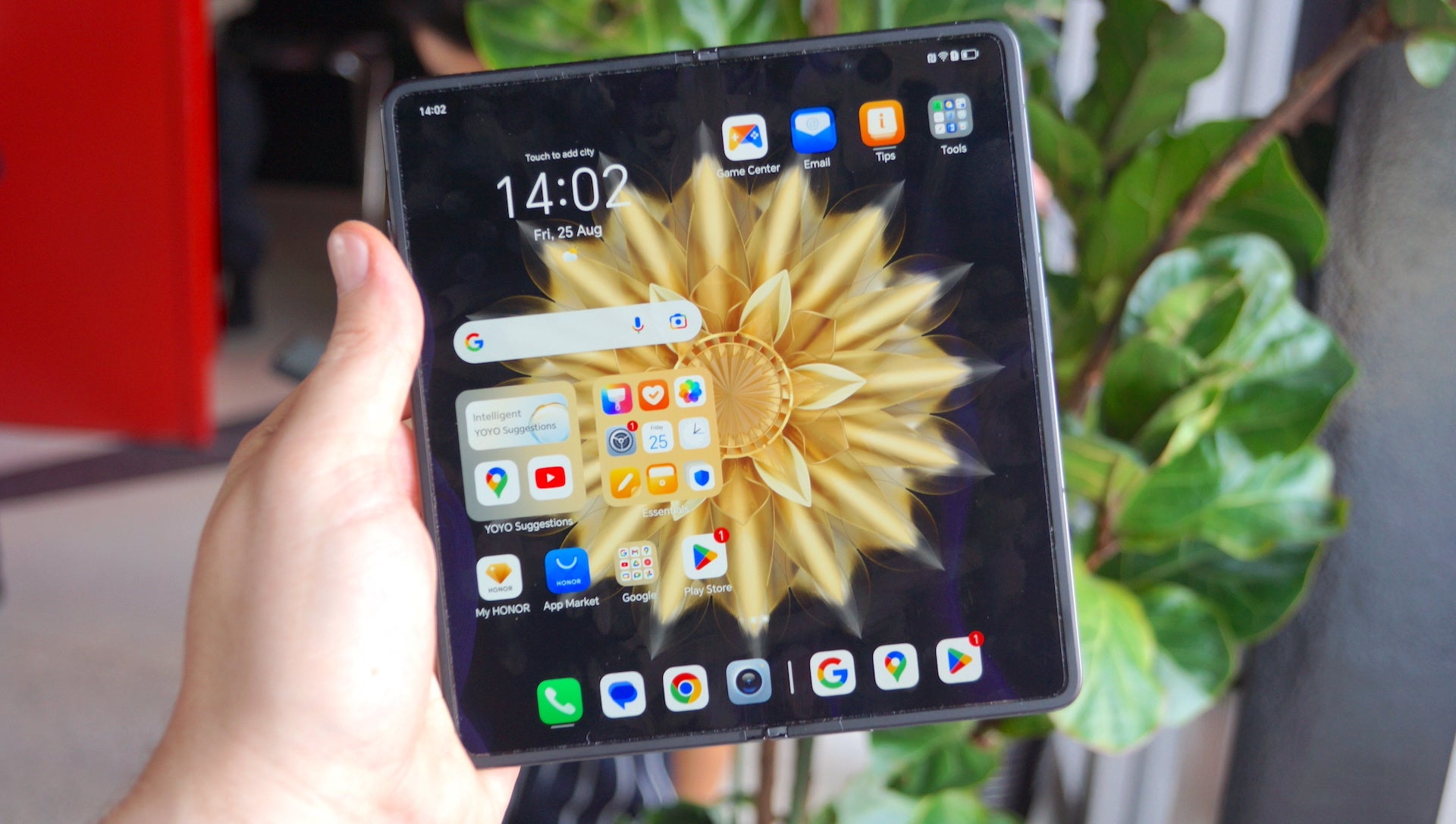
It’s worth noting, however, that app developers are slow to adopt support for these unique aspect ratios. The Pixel Fold, in particular, struggles with this as unlike other foldable manufacturers, it doesn’t force unsupported apps to run in full-screen mode, limiting just how useful the internal display is.
The Magic V2 doesn’t force apps to run in full-screen mode by default either, but it does at least provide a handy shortcut to force them upon opening, rather than having to go into the individual app display settings like with the Pixel.
The Honor Magic V2 charges much faster
The Honor Magic V2 holds the title – along with its predecessor, the Vs – for the fastest charging foldable on the market, boasting 66W fast charge tech. When using a compatible charger, you’ll get a full charge in just shy of an hour, clocking in at 56 minutes during testing.
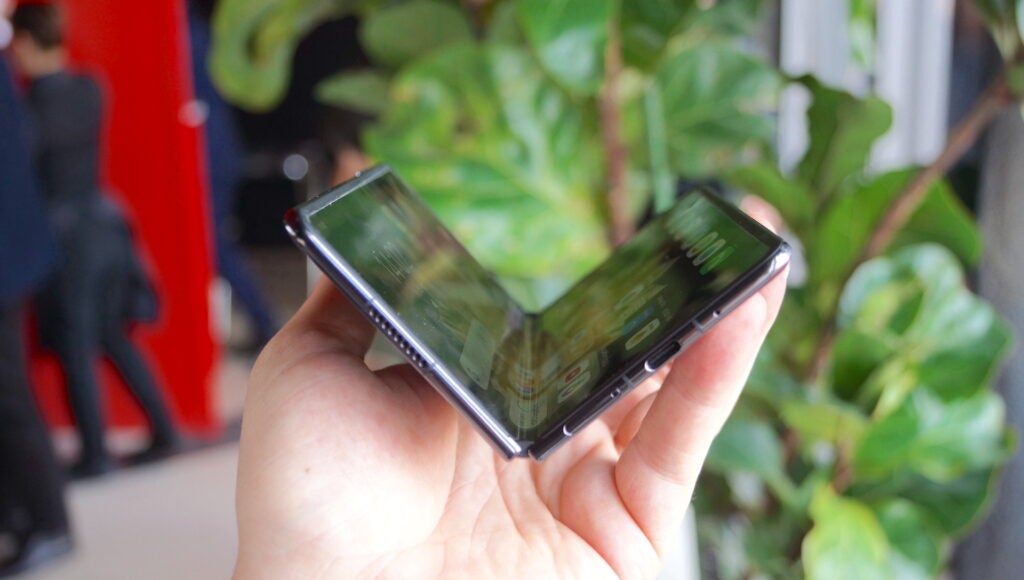
The Google Pixel Fold, on the other hand, suffers from the same painfully slow charging as pretty much every other Google-branded product on the market. That means that the Pixel Fold charges at the same 30W as the Pixel 7 Pro.
While the Pixel Fold has a slightly smaller 4821mAh battery, which should help shorten charge times, we found that it’d still take just over an hour and a half to go from flat to full, with just 24% charge in 15 minutes. Not ideal for quick top-ups, then.








